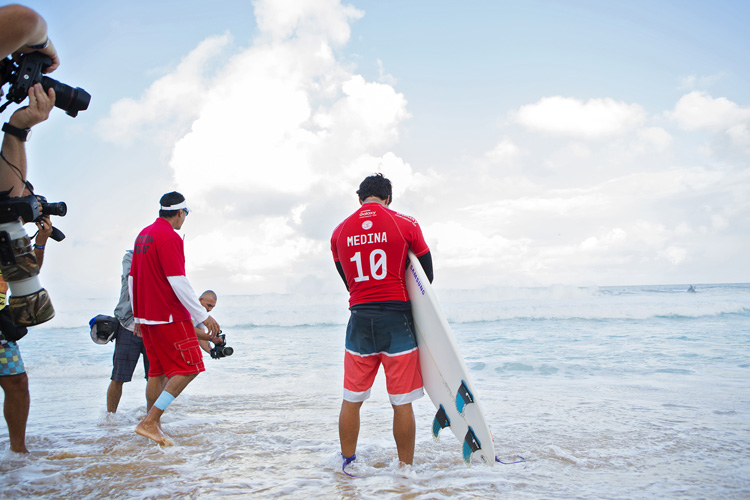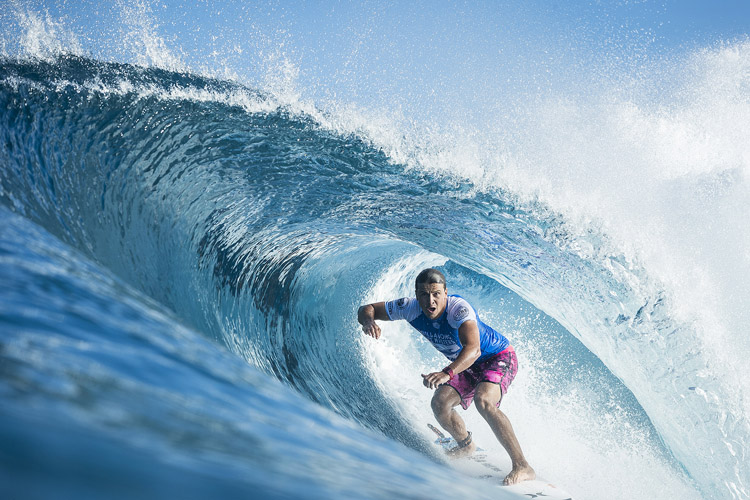Professional surfing is a highly competitive occupation. World title races are increasingly tight. And sometimes, it all comes down to the wire.
Modern competitive surfing is an incredibly intense sports activity. It's hard to imagine an athlete competing at the highest level who can't throw, land an air reverse, get barreled, and complete a full roundhouse cutback.
On top of that, pro surfers need to combine major maneuvers - classic and progressive - with the three main ingredients of success:
- Speed;
- Power;
- Flow;
And today, the difference between a world champion and a relegated surfer is in the details.
The Championship Tour (CT) comprises five regular season events, five post-mid-season cut stages (featuring two-thirds of athletes only), and the final event.
Here's how points are awarded at each event:
- 1st (winner): 10,000 points;
- 2nd (runner-up): 7,800 points;
- 3rd (semifinalist): 6,085 points;
- 5th (quarterfinalist): 4,745 points;
- 9th (Round of 16): 3,320 points;
- 17th (Elimination Round): 1,330 points;
- 33rd (Opening Round): 265 points;
Even considering that there are many points at stake and quite a few events held in different wave conditions, surfers may end up tied at the end of the season.

Past History and Possible Surf-Off Formats
There's been a growing tendency to watch world titles being decided in the last event of the season.
The World Surf League (WSL) Rulebook tells us what happens when two or more surfers are tied on final rankings points.
"In the event of a tie for any world title at the end of the surfing season, the tied surfers will have a 'surf-off' during the final event with a format determined by the Commissioner's Office," the rulebook states.
The surf-off is surfing's ultimate face-off. It is a conclusive, one-off heat (or even best-of-three heats, similar to tennis) between the world title contenders that decides and crowns the new world surfing champion.
Interestingly, there has never been a surf-off heat in the history of men's CT. In 2014, Mick Fanning and Gabriel Medina almost had to play the sudden-death match at the Pipeline Masters.
The only example in pro surfing dates back to the ASP era. In 2011, Garrett Parkes and Caio Ibelli surfed a sudden-death heat to decide the world junior champion. The Brazilian ended up claiming the trophy.
The pro surfing authorities can opt for one-off or best-of-three formats, but if it happens, they will likely go for three 30-minute heats with zero-minute breaks between each clash.
This will result in a total surfing time of one and a half hours or a total surf-off time of two hours and ten minutes. If the organization is getting out of time, a single heat with a minimum of 35 minutes is the best call.
